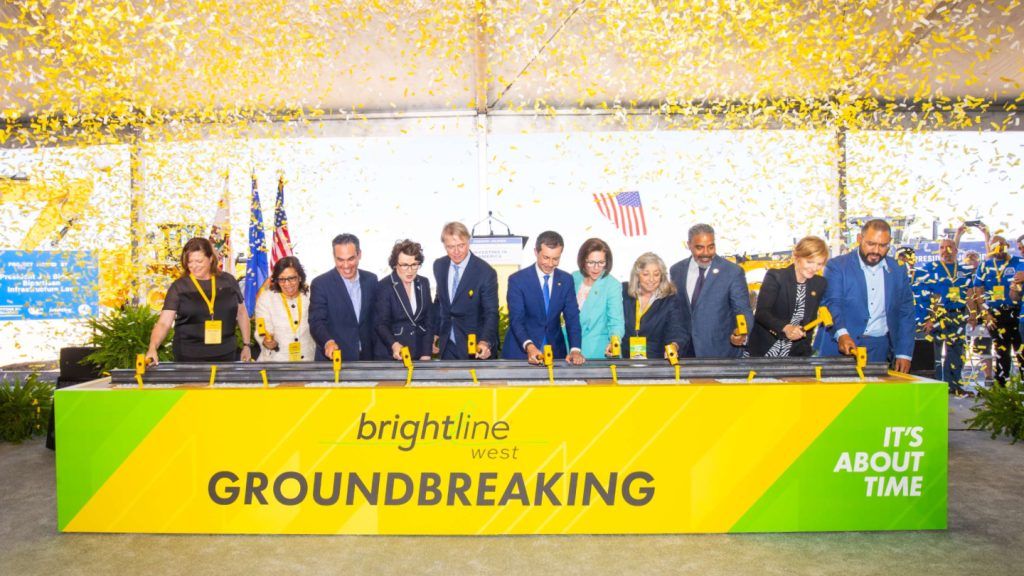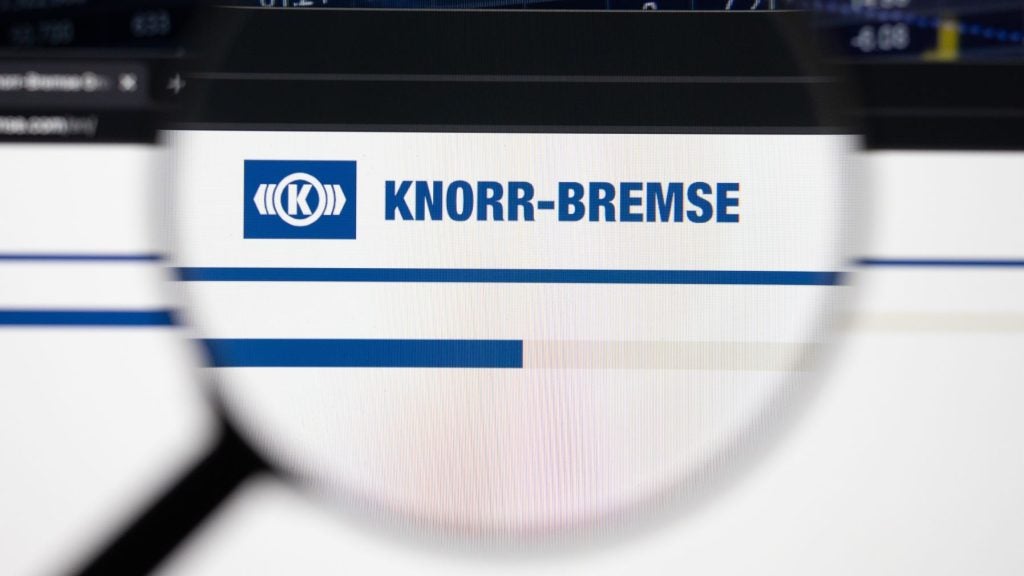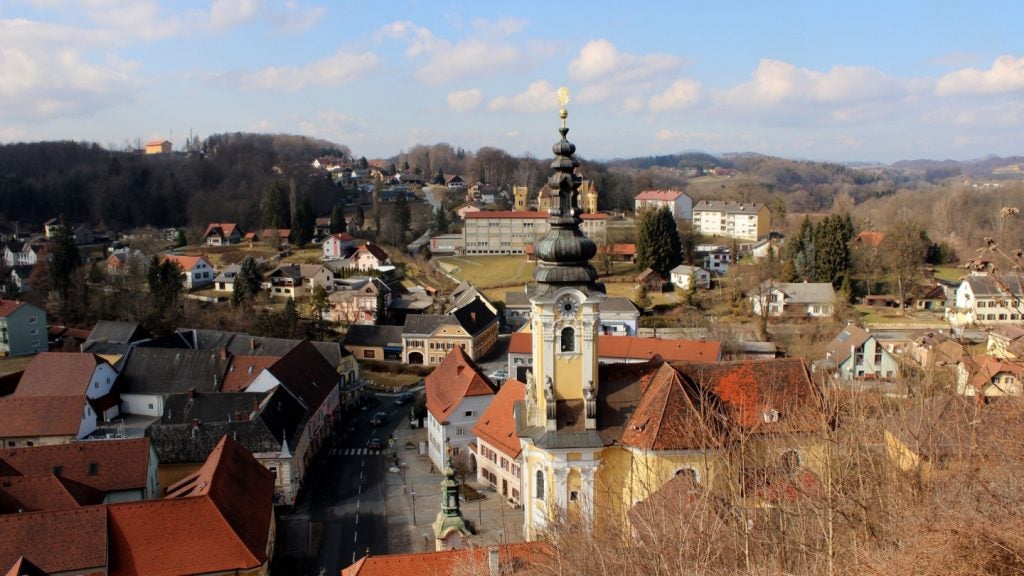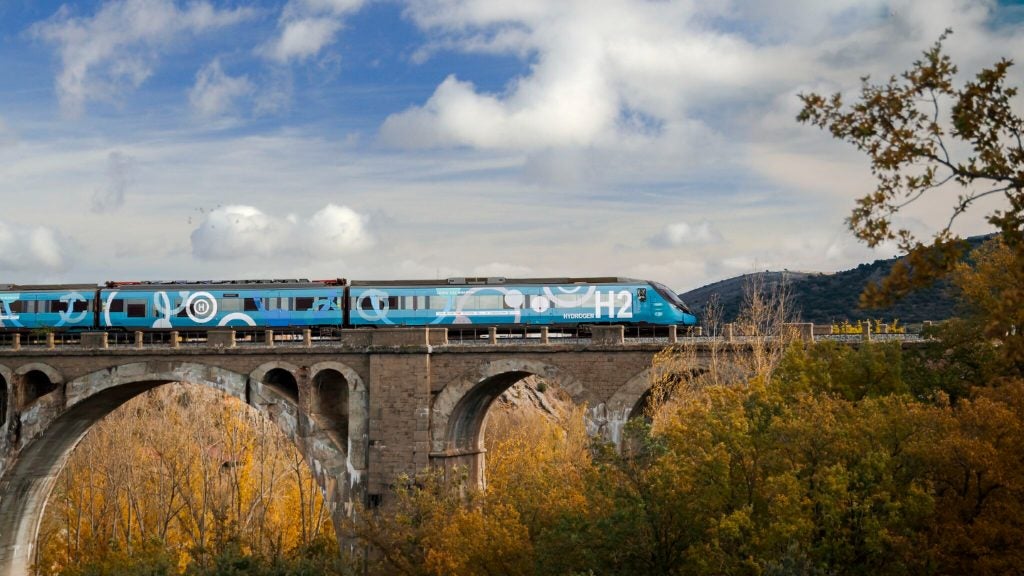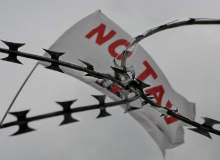
For a quarter of a century, a contentious high-speed rail proposal meant to unite France and Italy has galvanised the communities along its intended route and created a huge divide between residents, provincial and regional councillors, trade associations, stakeholders and the politicians involved in its planning.
Amidst ballooning costs, repeated delays, uncertainty over funding and a succession of political parties in power, the details behind the Turin-Lyon High-Speed Rail (HSR) Project have dramatically changed over time. Only one thing has stayed the same: its aim, to act as a connecting node between north, south, west and east Europe and provide extra freight and passenger capacity on the cross-border route between France and Italy.
In March 2016, the French president François Hollande and Italian prime minister Matteo Renzi signed a supplementary protocol in Venice, authorising the €8.4bn funding needed to begin construction of the core part of the project: a 57km base tunnel through the Alps between Susa valley in Italy and Maurienne in France.
Preliminary works on the Turin-Lyon tunnel are expected to start in 2017, and its construction will spread over the next ten years. When completed, the tunnel will be one of the longest tunnels in the world.
But the decision to move forward came after more than 20 years of opposition from the local population and environmentalists, who fear that a tunnel slashing through the heart of their community, will “utterly and irreversibly destroy a huge part of the Susa valley, causing not only an environmental, but also an economic and social disaster.”
Furthermore, a new investigation by the European Anti-Fraud Office (OLAF) is currently looking into the huge cost overruns and allegations of mafia links in Italy, the latest stain on the heavily tarnished record of this railway plan.
How well do you really know your competitors?
Access the most comprehensive Company Profiles on the market, powered by GlobalData. Save hours of research. Gain competitive edge.

Thank you!
Your download email will arrive shortly
Not ready to buy yet? Download a free sample
We are confident about the unique quality of our Company Profiles. However, we want you to make the most beneficial decision for your business, so we offer a free sample that you can download by submitting the below form
By GlobalDataConnecting Europe
The Turin-Lyon HSR Project is one of the priority railway projects within the Mediterranean Core Network Corridor under the European Union’s (EU) TEN-T infrastructure programme.
The new tunnel is positioned within the Rhine-Alpine Corridor, one of the busiest European freight routes.
According to the OECD report ‘Strategic Transport Infrastructure Needs to 2030’, rail freight volumes along the corridor are expected to rise to around 38 million tonnes by 2019 and 45 million tonnes by 2030. Supporters argue that the new tunnel would ease the congestion rapidly building up on the route.
The tunnel is also hoped to increase current capacity on the congested Franco-Italian crossing and allow up to 30 or 40 million tonnes of freight per year to be transported by rail. The train will also cut passenger journey times between Lyon and Turin from the current three hours 30 minutes to only one hour 47 minutes.
Under the new agreement signed on 8 March, major construction works are due to start in 2018 and the opening of the line is scheduled for 2028 or 2029.
The protocol also recognises that the EU is expected to meet 40% of the total project cost, with a further 34.7% paid for by the Italian government, and 25.26% by the French government.
In January, the EU committed €813.3m towards the project as part of its Connecting Europe Facility programme.
During an international summit in Paris on February 24, Hollande, along with French secretary of state for transport Alain Vidalies and Italian infrastructure and transport minister Maurizio Lupi described the project as a “priority” and declared that “there are no more blocks, no more obstacles to making this project a reality.”
No-TAV: 20 years of fierce opposition
Hollande’s celebratory statement over “no more obstacles” is more than just a figure of speech. From its initial proposal back in 1991, the project has faced strong opposition, mostly from the Italian side of the border.
A report titled “A brief history of Turin-Lyon High Speed Railway”, published with the support of the European Commission, looks at how the opposition forces evolved over time.
According to the report, the project has seen unwavering support from the Italian Government, despite the succession of parties in power.
The communities along the Val Susa valley, on the other hand, have fought long and hard to protect their area against what they fear would be disastrous environmental consequences as a result of construction.
The morphing of various resistance communities across time resulted in today’s power opposition group known as the No-TAV movement, TAV representing Treno Alta Velocita, or high-speed rail in Italian.
The main concern of No-TAV activists is the pantagruelic drilling during tunnelling works, which they fear would disturb and cause the release of uranium and asbestos contained in the nearby mountains. Their other worries surround rising costs of the project, with one long-time leader of the opposition telling the New York Times: “We’re angry because they’re carrying out a project with our money, against us.”
The movement became increasingly fierce as time passed. Violent clashes between opponents and the authorities took place in 2005, 2006 and again in 2011, when the police raided the valley, leaving more than 100 people on both sides injured. In 2014, 50 No-TAV activists were arrested and charged following a protest at the Avigliana train station.
The conflict escalated again in January 2015 when acclaimed Italian writer Erri De Luca was accused of “incitement” by Lyon Turin Ferroviaire, the French firm building the rail line, over his public comments that the line should be sabotaged.
De Luca was put on trial and faced between one and five years imprisonment for calling the line a “useless and harmful project”. He was later acquitted in October, in what was considered a huge win by the No-TAV movement.
EU investigates mafia links with the project
The project’s troubles didn’t stop there, as its track record is also muddied by various counts of corruption.
In recognition of this troubled past, the protocol signed by the French president and Italian prime minister included provisions to minimise the risk of mafia infiltration. The protocol was the first anti-mafia international agreement in Europe for the construction of a public infrastructure project.
A few scandals picked up by the Italian and French press in 2012 surrounded inquiries over rig bidding, followed by an investigation in 2014 that revealed connections between the ‘Ndràngheta, an Italian organised crime network, and one of the companies in charge of building the tunnel.
More recently, OLAF launched a probe into the rail link at the request of French Green MEPs Karima Delli and Michèle Rivasi.
“After an initial analysis of the accusations we received, we have opened an investigation into the high-speed rail project between Lyon and Turin,” OLAF said in a statement.
The investigation focuses on cost overruns, estimated by the French Court of Auditors to have risen from €12bn in 2002 to €26.1bn in 2012. The court previously warned in 2012 that “the control of this operation [did] not meet the rigorous requirements necessary [for] an infrastructure project of this magnitude and complexity,” according to a translated article published by French magazine Politis.
Mafia links are also being probed by OLAF, while in France, president of Lyon Turin Ferroviaire, Hubert Du Mesnil faces accusations of a conflict of interests.
“Trans-European projects have been a strategic disaster for the European Union,” Italian co-chair of the European Green party, Monica Frassoni told Euractiv. “The EU thinks these big projects are the only way to bring about a transport union”.
With the beginning of construction drawing nearer, it is likely that this highly divisive project will continue to cause controversy, not least because after 20 years of opposition, activists don’t seem deterred in their fight.
Their mission continues, because, as Frassoni said: “We do not want the Rhône Alps and the Susa Valleys to look like those developing countries, where infrastructures built have never served any purpose … except for benefiting their developers, and directly financed by European or international solidarity.”
The “irreversible” project moves forward
Despite the resistance, the project has been described as “irreversible” by Hollande, a fact that pleases the European Commission, seeing that the Turin-Lyon tunnel lies at the heart of the plan to advance transport infrastructure across the continent.
After the application for EU co-funding in February, European Coordinator for the Mediterranean Corridor, Laurens Jan Brinkhorst, said: “With these two steps France and Italy have taken today major decisions towards implementing this key project.”
“Following last week’s final approval of the project design by the Italian Government the Lyon-Turin project is now irreversible and this is a major success for all parties involved.”



